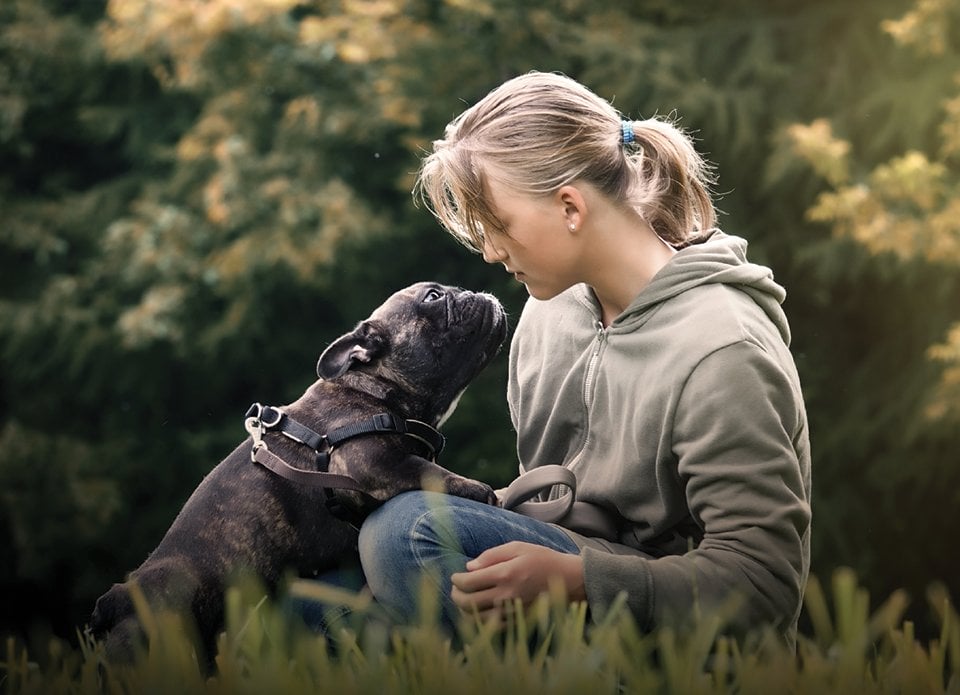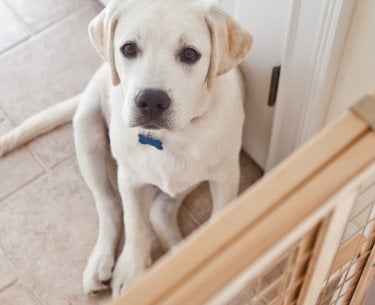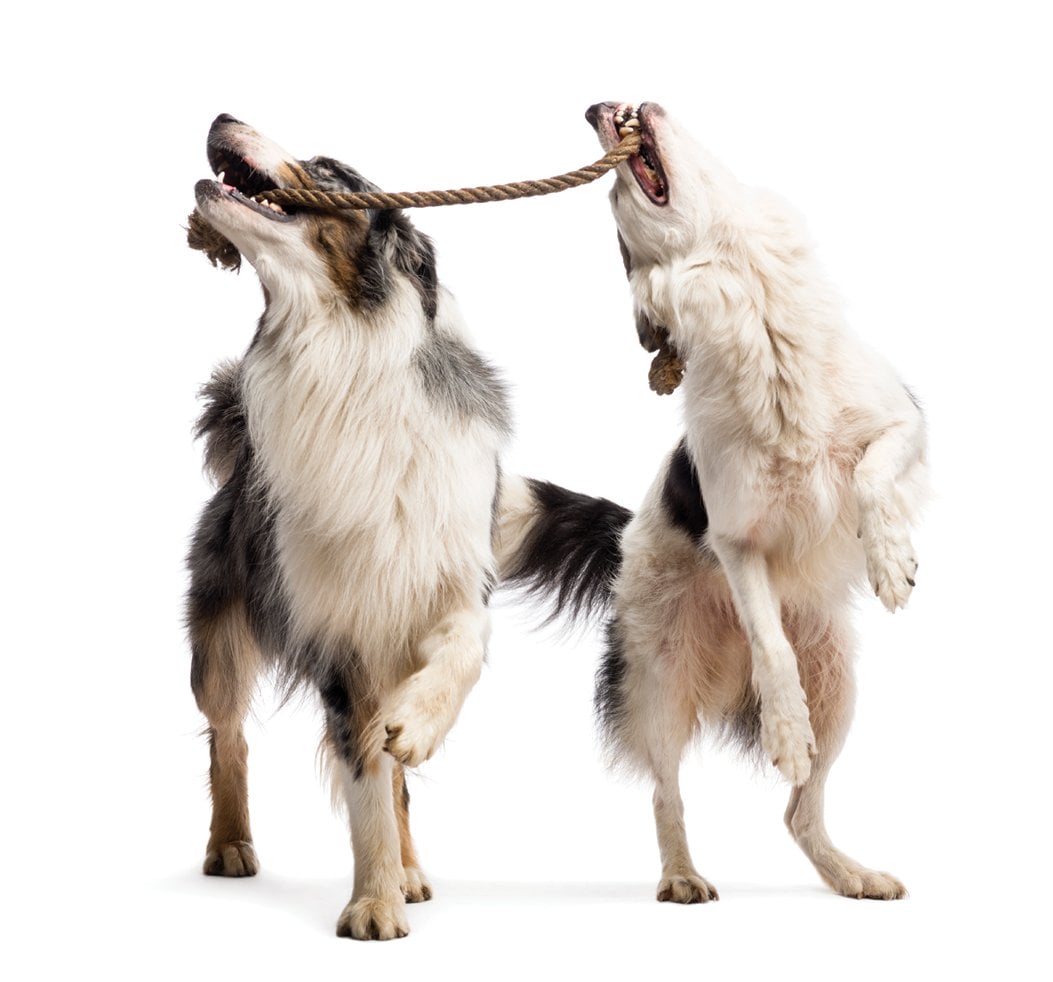Virtual Library | Be Kind, I’m Blind
For pet parents with dogs who are losing their vision or are now blind, we publish a guide to help make the transition comfortable for you and your pet. Read on for tips on making dog friends, safety at home, training and exercise and eye health!
← Flip through our digital brochure
So, You Brought Home a Bulldog
Cataracts and Cataract Surgery
Entropion Causes and Treatment
Feline Herpesvirus and Treatment
OFA Certification Registry Exams
Visit our blog, In Focus, to learn more about the pets we see, the treatments we offer and the services we provide to help your pet “see a better life.”
 You’ve just learned that your dog is slowly losing his or her vision, or perhaps it happened quickly and your pet is now blind. This will be a time of transition for you and your pet, but with some adjustments to your home and routine, a wonderful new life awaits you both.
You’ve just learned that your dog is slowly losing his or her vision, or perhaps it happened quickly and your pet is now blind. This will be a time of transition for you and your pet, but with some adjustments to your home and routine, a wonderful new life awaits you both. Block off stairs with safety gates to avoid accidental falls.
Block off stairs with safety gates to avoid accidental falls. Clicker training and training with treats will help your dog adjust to his new world. Teach him commands such as “right,” “left,” “watch” for avoiding obstacles, and “step” when approaching a step or stairs. In addition, it’s important that he stay active. Try wearing bells on your wrist and using verbal coaching when walking your dog, so he knows where you are at all times. Take walks in familiar places, on sidewalks or level trails. And play! Engage him a game of tug-of-war, and give him squeaky toys for fun.
Clicker training and training with treats will help your dog adjust to his new world. Teach him commands such as “right,” “left,” “watch” for avoiding obstacles, and “step” when approaching a step or stairs. In addition, it’s important that he stay active. Try wearing bells on your wrist and using verbal coaching when walking your dog, so he knows where you are at all times. Take walks in familiar places, on sidewalks or level trails. And play! Engage him a game of tug-of-war, and give him squeaky toys for fun. One of the reasons I chose to become a veterinary ophthalmologist came from an experience with one of my own pets, a wonderful Basset hound named Whiskey. She was like a soul mate to me, and I loved her dearly. During veterinary school, she developed glaucoma, which can be an excruciatingly painful and blinding condition in dogs. It’s much more severe than glaucoma in humans.
One of the reasons I chose to become a veterinary ophthalmologist came from an experience with one of my own pets, a wonderful Basset hound named Whiskey. She was like a soul mate to me, and I loved her dearly. During veterinary school, she developed glaucoma, which can be an excruciatingly painful and blinding condition in dogs. It’s much more severe than glaucoma in humans.